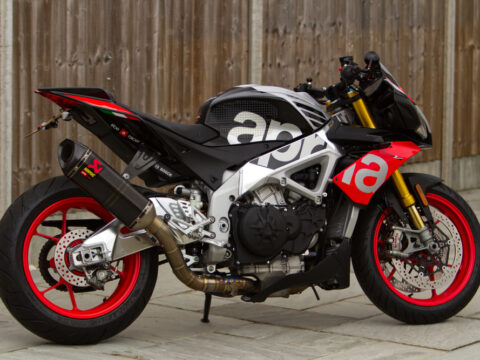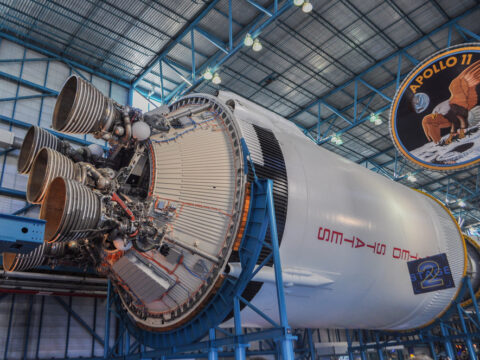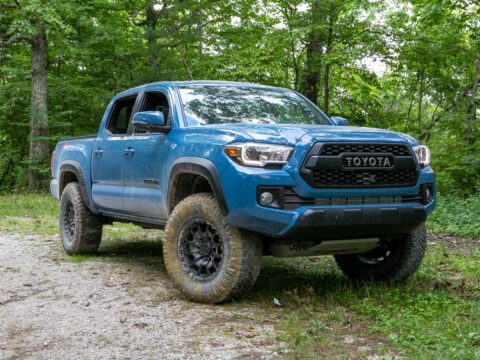Not every truck that rolls off the assembly line becomes a classic. Some trucks arrive with big promises but fail to meet expectations. Whether due to poor performance, impractical designs, or market missteps, these 16 forgotten trucks never lived up to the hype they initially generated. Here’s a look at what went wrong.
Contents
Chevrolet SSR (2003-2006)
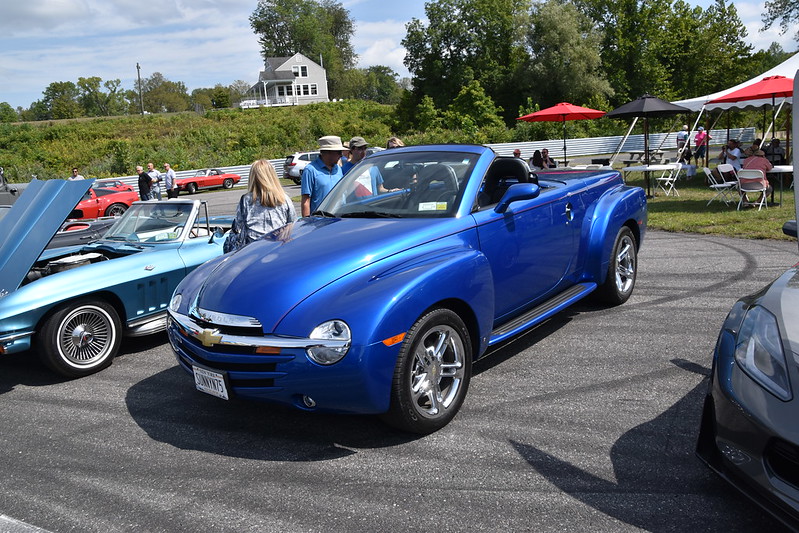
The Chevrolet SSR aimed to merge the appeal of a convertible with the utility of a pickup, but it struggled to find its audience. Its retro styling attracted some buyers, but the hefty price tag and underwhelming V8 performance failed to live up to expectations. Additionally, the small truck bed was more decorative than practical, limiting its use as a work vehicle. After a few short years of disappointing sales, Chevrolet discontinued the SSR in 2006, leaving it as a niche vehicle.
Lincoln Blackwood (2002)
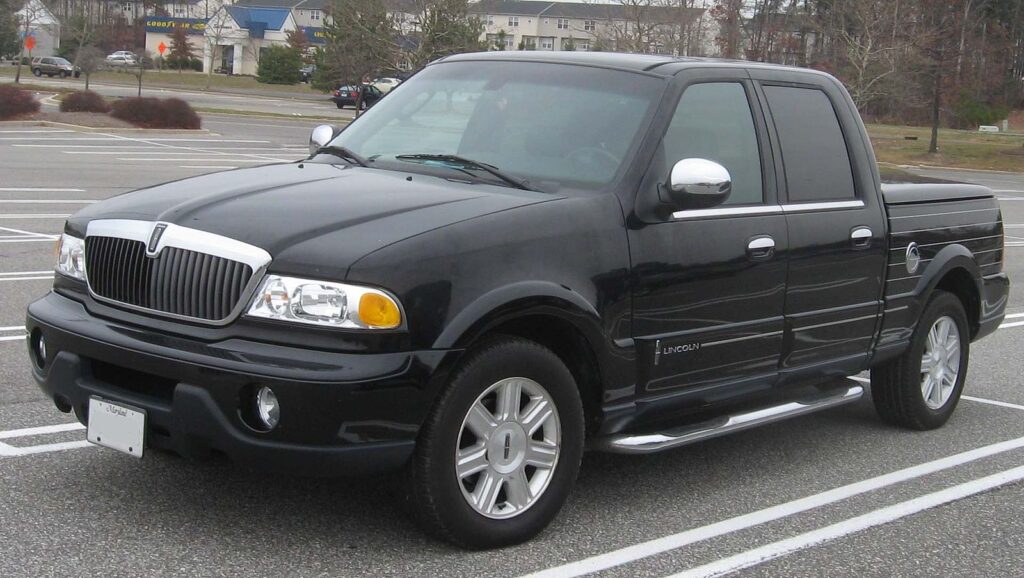
Lincoln’s Blackwood was an ambitious attempt at crafting a luxury pickup, yet it lacked the essential ruggedness of a true truck. Equipped with lavish leather interiors and upscale features, it was more about style than utility. The bed wasn’t waterproof, making it impractical for truck owners who needed functionality. With sky-high pricing and minimal consumer interest, Lincoln shelved the Blackwood after just one year, selling only a few thousand units.
Dodge Rampage (1982-1984)
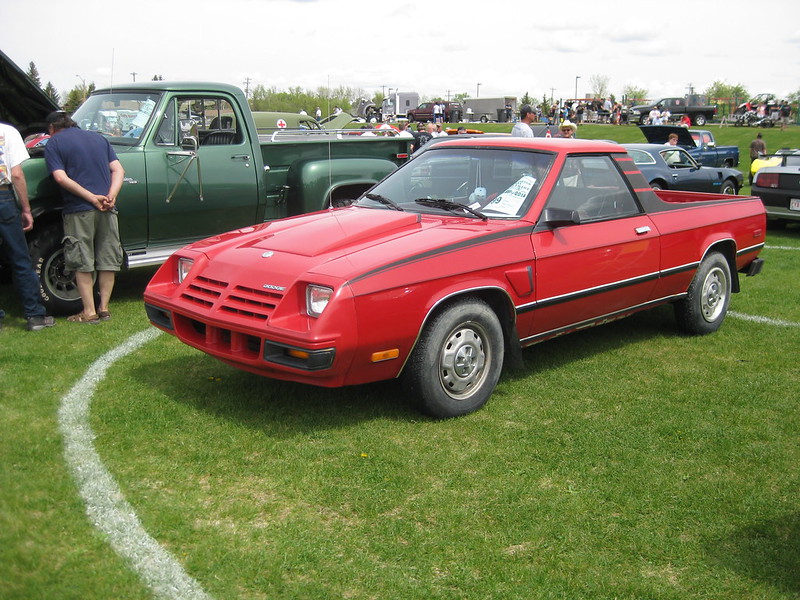
Dodge introduced the Rampage in the early ’80s, aiming to offer a compact, fuel-efficient truck for city drivers. Built on the same platform as the Dodge Omni, it had a front-wheel-drive layout and a small 2.2L engine, which didn’t resonate with traditional truck enthusiasts. Its light-duty capabilities and limited towing power further hurt its appeal.
Subaru Baja (2003-2006)
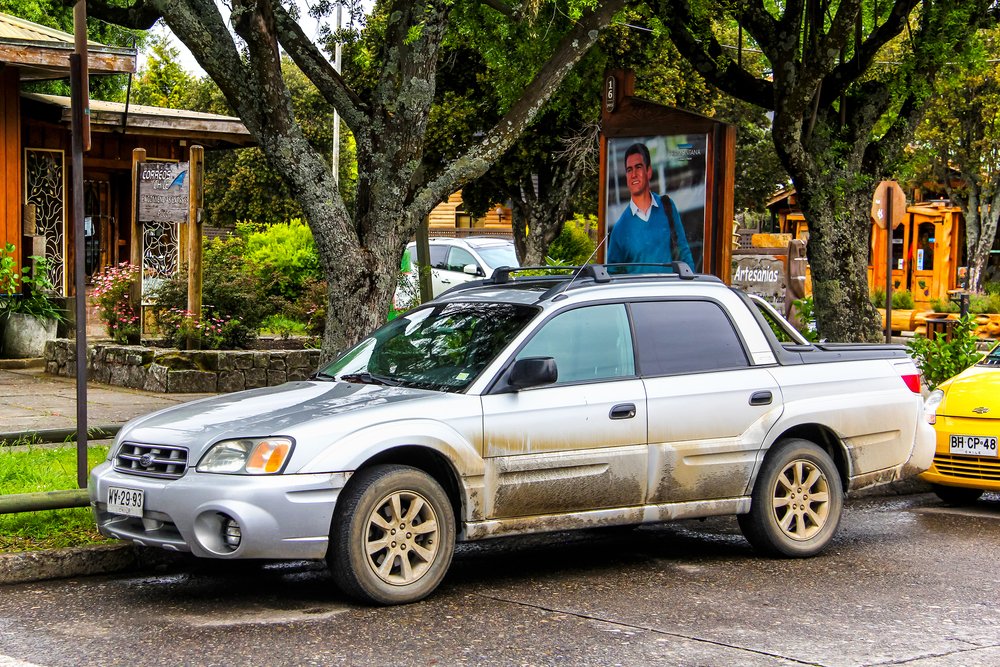
The Subaru Baja was a quirky attempt to blend an SUV and pickup, but the concept never gained widespread popularity. Despite offering Subaru’s signature all-wheel drive and off-road capabilities, the Baja’s small bed size and underpowered engine left much to be desired. Its unusual design confused buyers, who didn’t see it as either a practical truck or a family SUV. After slow sales and tepid market reception, Subaru discontinued the model in 2006.
Volkswagen Rabbit Pickup (1979-1984)
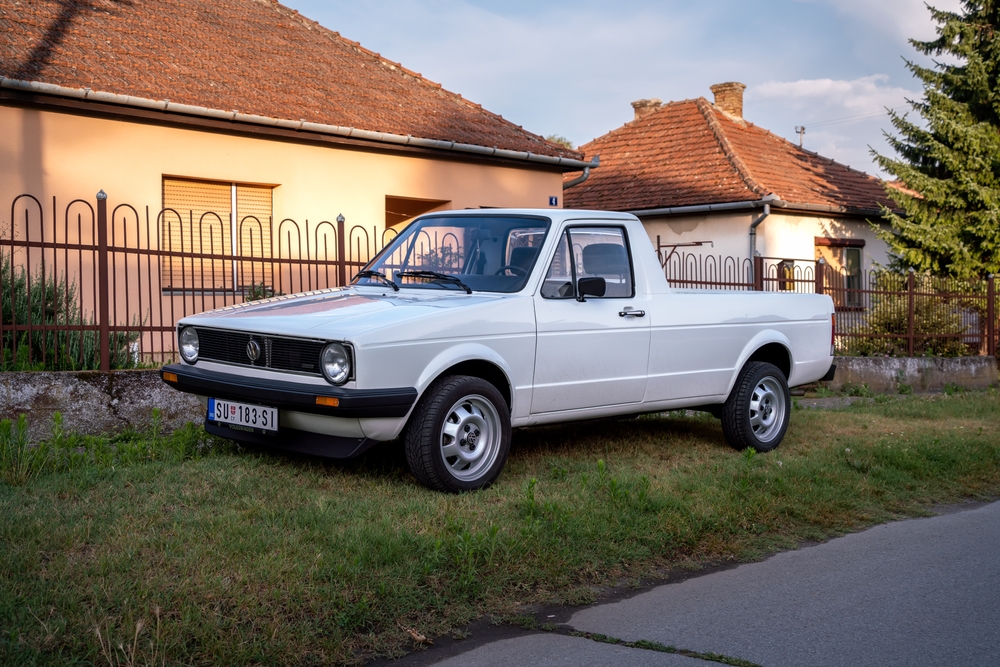
Volkswagen’s Rabbit Pickup was marketed as a practical, fuel-efficient small truck, but it failed to compete with more robust pickups on the market. Sharing much of its DNA with the Rabbit hatchback, the truck offered modest performance from its four-cylinder engine. While it found a small niche among urban drivers, its limited cargo capacity and lack of power made it unsuitable for heavy-duty tasks. Volkswagen phased out the model in 1984 after disappointing sales.
Mazda B-Series (1994-2010)
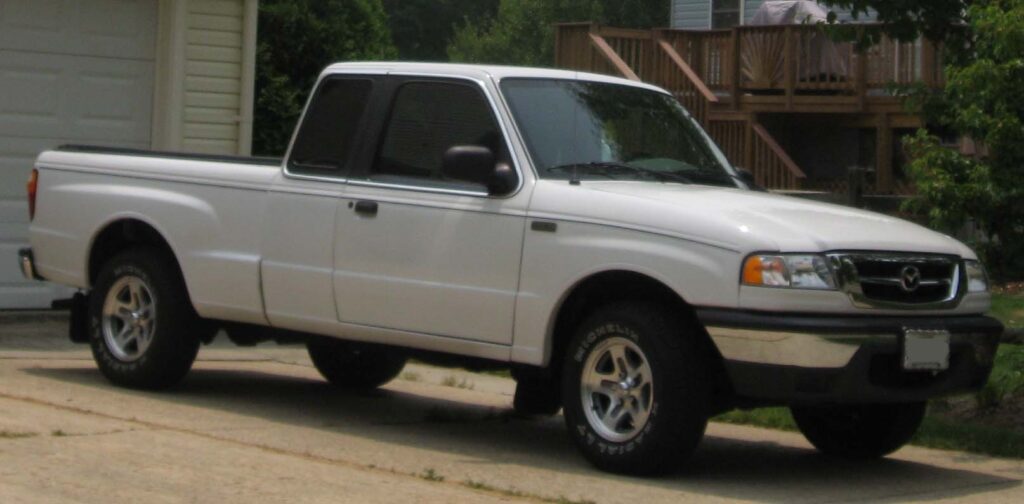
Despite sharing many components with the popular Ford Ranger, Mazda’s B-Series trucks struggled to establish themselves as a compelling choice. The B-Series lacked its own identity, offering little to differentiate it from other compact trucks. Buyers were unimpressed with its underpowered engine options, and as competition increased, sales dwindled. Mazda exited the U.S. truck market in 2010, ending the B-Series lineup.
Isuzu Hombre (1996-2000)
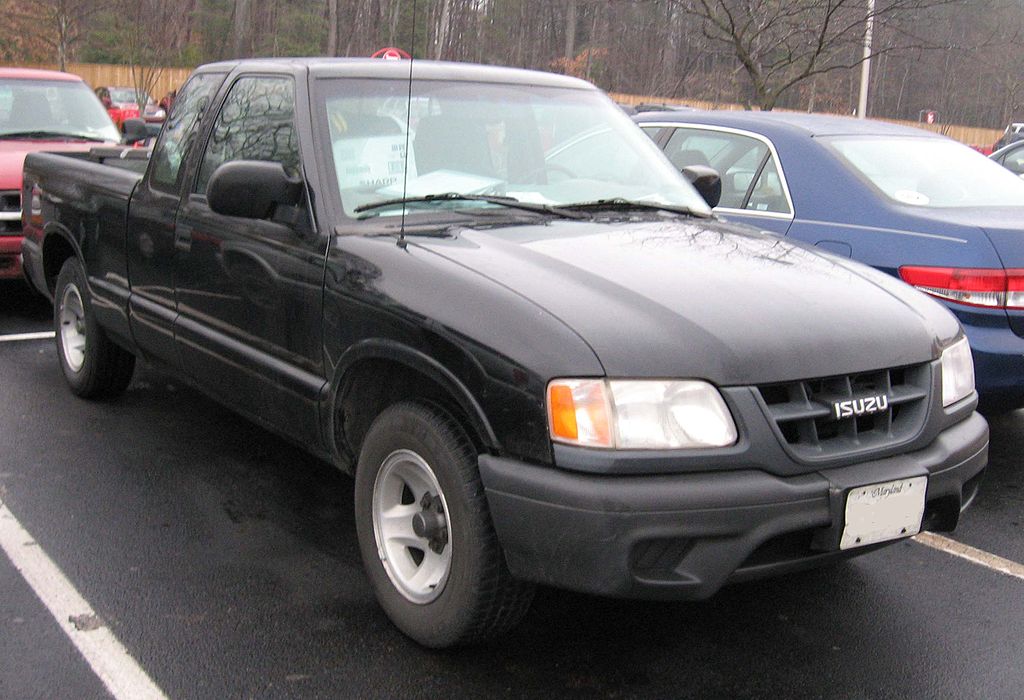
The Isuzu Hombre, essentially a rebadged Chevrolet S-10, did little to stand out in the crowded compact truck segment. It offered no distinct advantages over its competitors, and its basic design left buyers uninterested. While it provided decent fuel economy, its lack of power and limited features hindered its appeal.
GMC Syclone (1991)
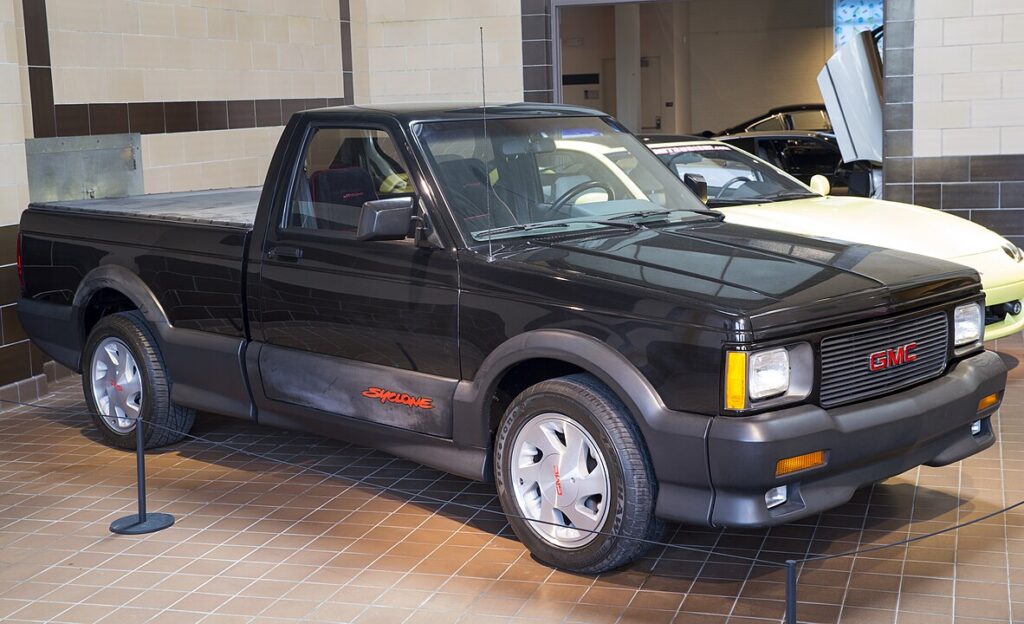
The GMC Syclone was a performance-focused truck that could accelerate faster than most sports cars, but its high price and impracticality as a work truck limited its appeal. Powered by a turbocharged V6, it was lightning fast, but few truck buyers were looking for speed over utility. Its low production numbers, with just around 3,000 units made, meant it remained a niche vehicle. Today, the Syclone is a rare collectible, but its commercial failure is undeniable.
Mitsubishi Mighty Max (1986-1996)
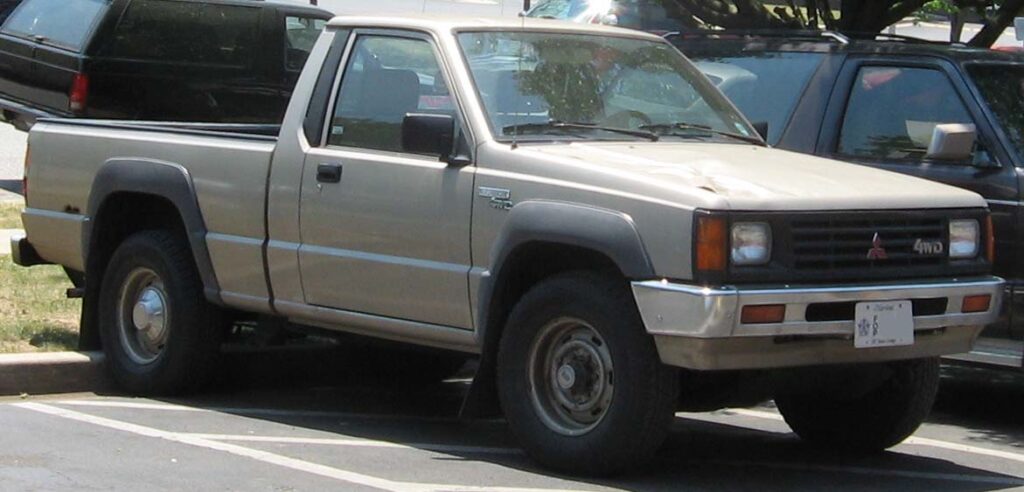
The Mitsubishi Mighty Max was a compact truck that struggled to stand out in a competitive market dominated by more established brands. Though reliable, it was outclassed by models like the Toyota Tacoma and Ford Ranger in both performance and features. Its small engine options and basic design failed to attract a loyal customer base.
Dodge Dakota Convertible (1989-1991)
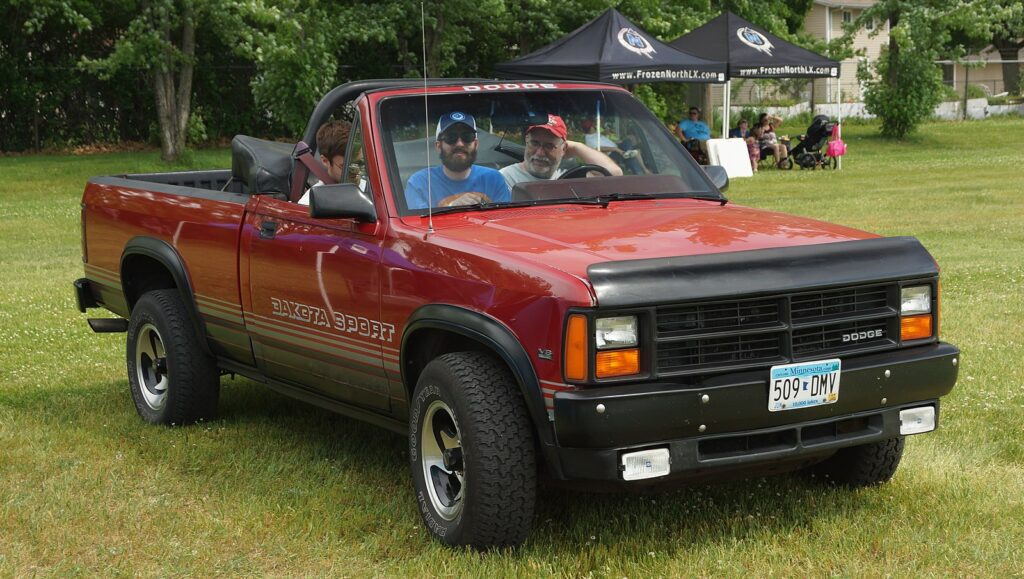
The Dodge Dakota Convertible was an unusual take on a pickup, combining a soft-top convertible with a mid-size truck. However, the concept was too niche, and most truck buyers were more concerned with practicality than novelty. Sales were sluggish as the convertible top added little utility, and the overall design didn’t resonate with consumers.
Studebaker Champ (1960-1964)
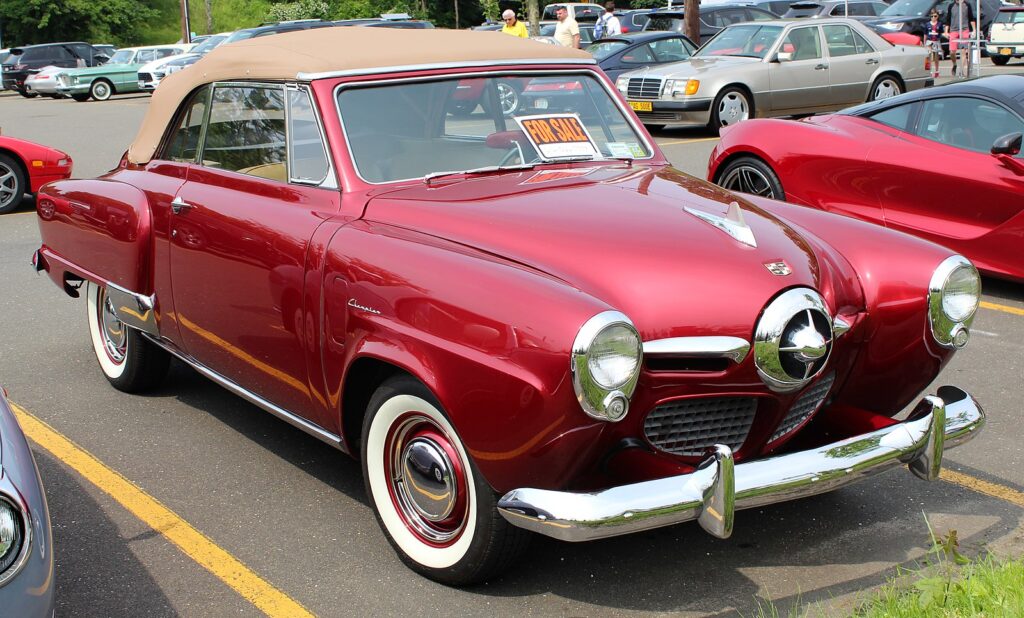
The Studebaker Champ was launched in a last-ditch effort to keep the struggling Studebaker brand alive, but it failed to capture the interest of truck buyers. Its design, which borrowed heavily from Studebaker’s car lineup, looked outdated even at launch. Performance issues and a lack of innovation further sealed its fate. After just a few years of production, Studebaker ceased making trucks altogether, and the Champ faded into obscurity.
Ford Ranchero (1957-1979)
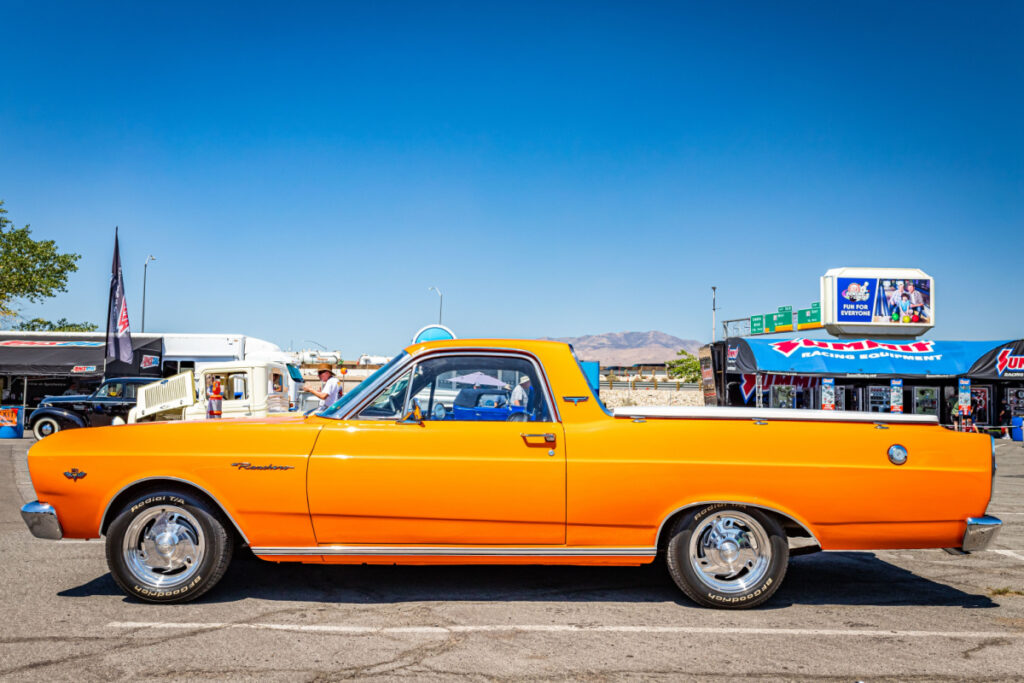
The Ford Ranchero, while not a traditional truck, blended car-like comfort with a pickup bed, offering a unique but polarizing vehicle. It had its moments of popularity, but by the late ’70s, full-size trucks had become the dominant force in the market, overshadowing car-based pickups. Lacking the utility of larger trucks, the Ranchero found itself squeezed out of the market.
GMC Caballero (1978-1987)

The GMC Caballero, a twin of the Chevrolet El Camino, never quite achieved the same level of fame. Though it shared many features with the El Camino, it failed to carve out a distinct identity. Buyers didn’t see the Caballero as a serious truck, and it lacked the practicality needed to compete with larger pickups. GMC quietly discontinued it in 1987, and it’s largely forgotten today.
Chevrolet LUV (1972-1982)
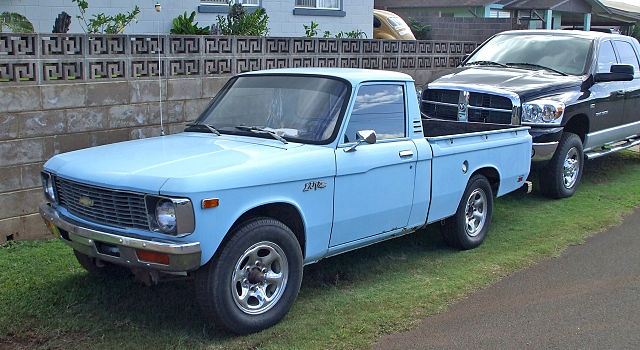
The Chevrolet LUV, a rebadged version of the Isuzu Faster, was one of the early attempts to introduce compact trucks to the U.S. market. Despite its good fuel efficiency, the LUV was hampered by its small size, rust problems, and limited power. As domestic manufacturers began developing their own compact trucks, the LUV became obsolete. Chevrolet phased it out in favor of the more robust S-10.
Jeep Comanche (1986-1992)

Jeep’s Comanche was a compact pickup based on the Cherokee platform, but it never gained the same popularity. Its unibody construction made it less durable compared to body-on-frame competitors, and it lacked the towing capacity many buyers expected from a truck. Despite its Jeep heritage, the Comanche never found a strong market, and after six years of underwhelming sales, Jeep discontinued it in 1992.
Ford Courier (1972-1982)
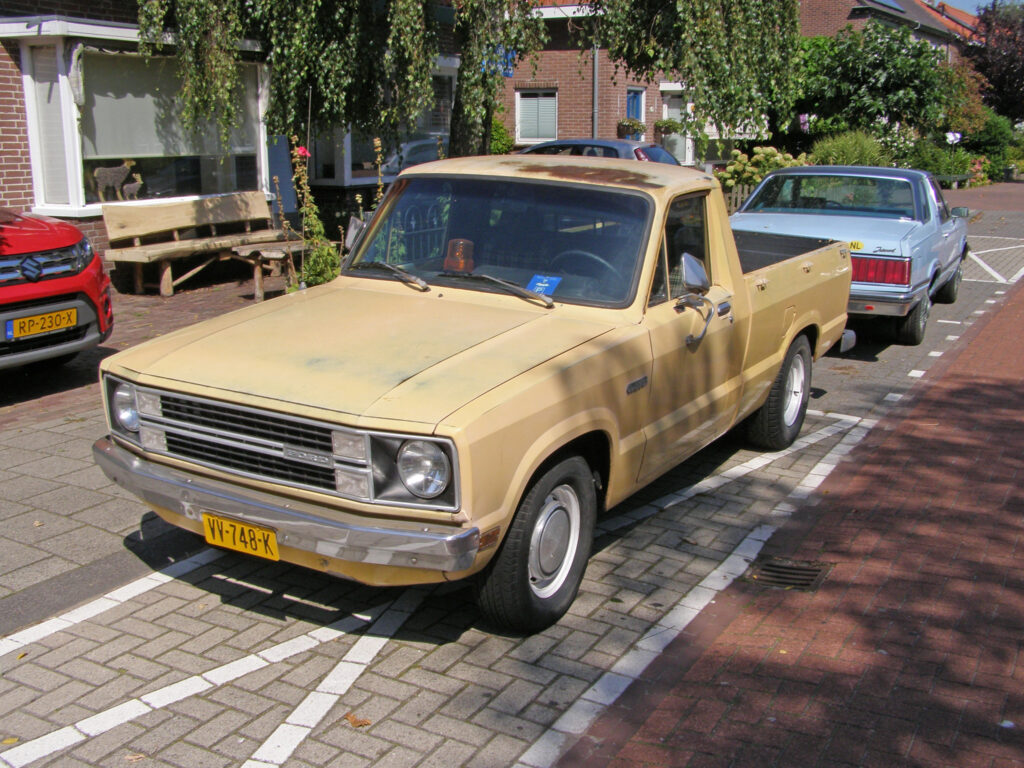
The Ford Courier was Ford’s first foray into the compact truck market, produced in partnership with Mazda. Though affordable and fuel-efficient, the Courier’s underpowered engine and limited payload capacity failed to meet the demands of serious truck buyers. By the early ’80s, Ford replaced the Courier with the more capable Ranger, which better catered to consumer needs.
This article originally appeared in MyCarMakesNoise.
More from MyCarMakesNoise
Top 25 Collectible Hot Rods That Are Worth a Fortune
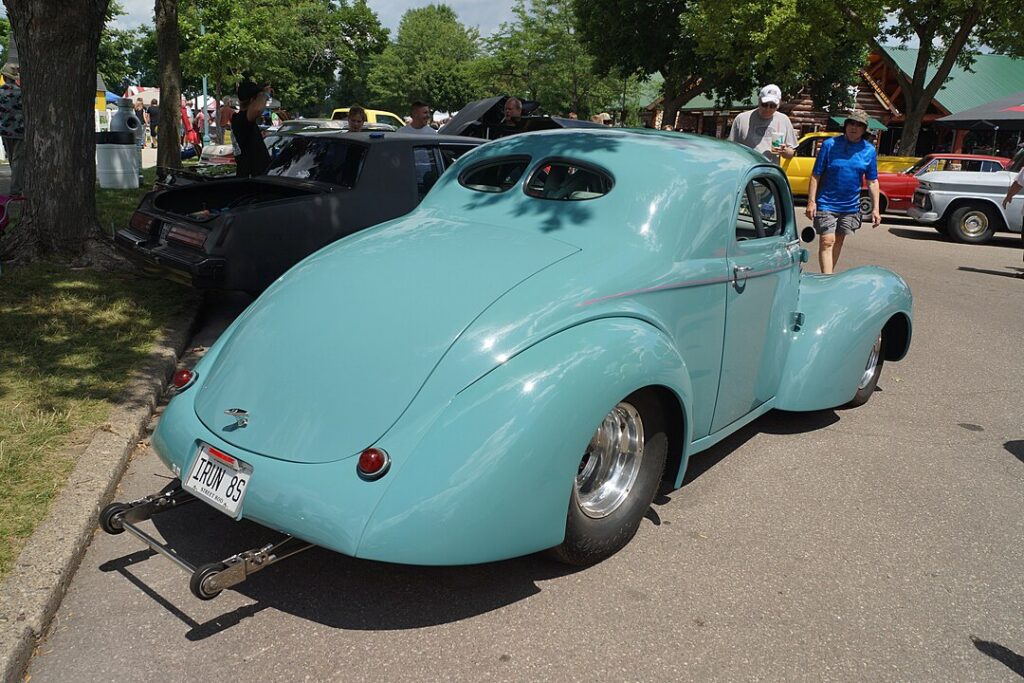
Hot rods have always captured the imagination of car enthusiasts with their unique blend of power, style, and history. Among them, certain models have risen to legendary status, commanding impressive market values. Read More.
20 Pilot-Approved Commercial Planes That Stand Out

Choosing the right commercial aircraft can make a significant difference in your flying experience. According to a veteran pilot, some planes stand out for their comfort, reliability, and performance. Read More.
8 Experimental Submarines That Never Dived
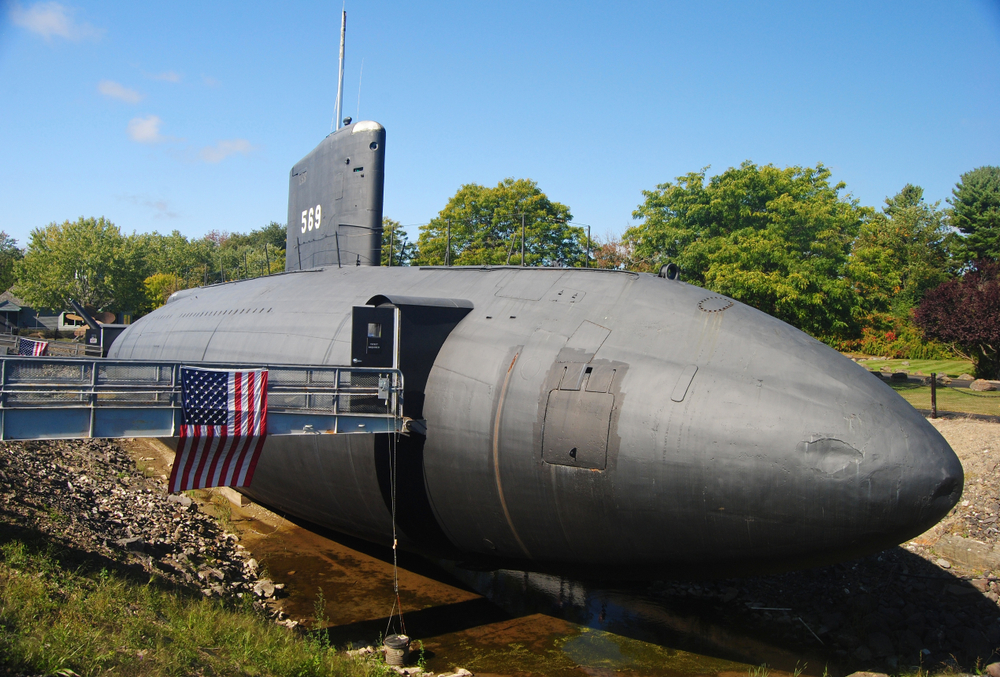
Submarines are marvels of engineering, designed to explore the mysterious depths of the ocean. However, not all submarines have had the chance to fulfill their intended missions. Read More.

